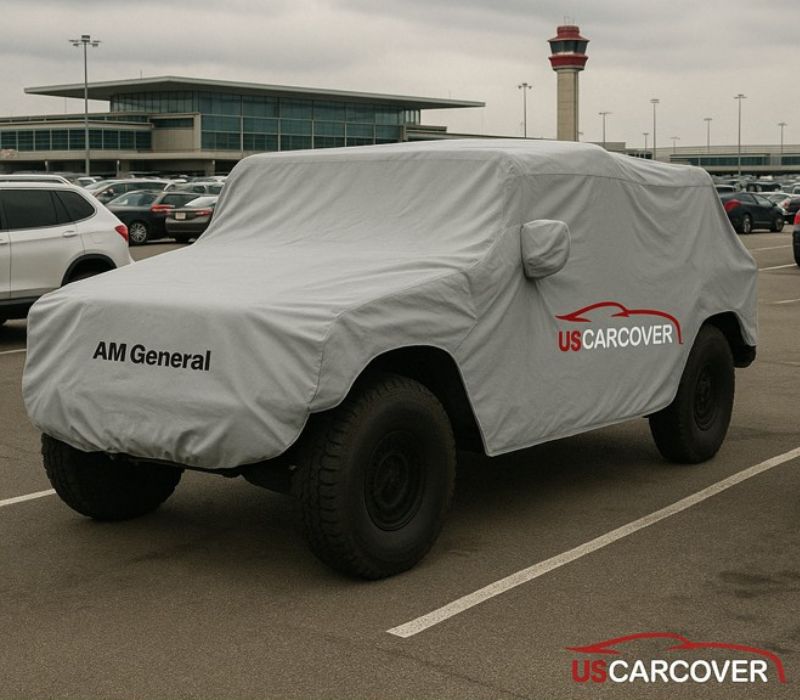
The lmportance of AM General Car Cover. Born a true warrior, every AM General carries within it a mission of endurance and companionship. But are you truly taking care of yours the right way? An AM General always turns heads - from its bold, muscular frame and matte military finish to the deep, commanding growl of its engine. Everything about it speaks of one thing: durability. These vehicles are built to conquer dunes, power through mud, climb rocks, and endure the harshest conditions imaginable. Yet after all those adventures, when it finally rests quietly under the porch - is it really being protected?
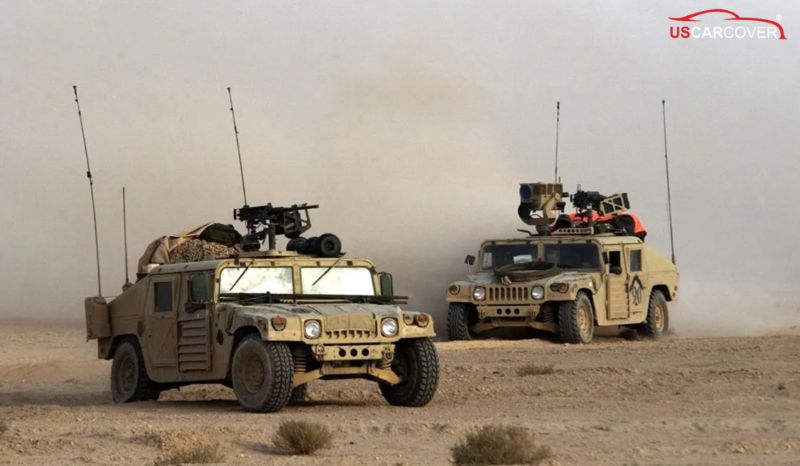
Related Articles: Austin Car Cover - A U.S climate checklist what to use
Who AM General is: mil-spec roots, daily-life reality
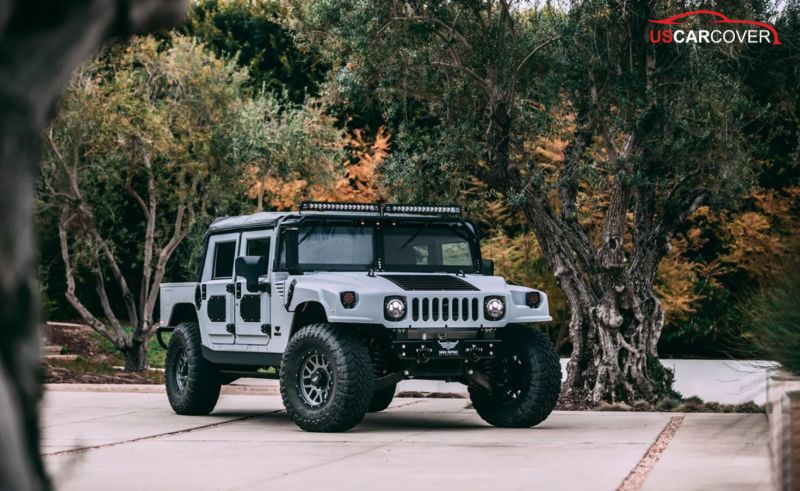
To choose the right “jacket,” first understand who’s wearing it. AM General is tied to the HMMWV in military service and its civilian sibling, the Hummer H1. Shared traits: a stout frame, big approach and departure angles, and generous ground clearance. Common body styles include soft-top (fabric roof), slantback (tapered rear), and tall, planted wagon or pickup. Add-ons are half the fun: brush guards, winches, snorkels, roof racks, rear-mounted spares, auxiliary lights, antennas. From a distance, an H1 looks like rolling armor. Up close, it’s still paint, flat glass, brightwork, exterior plastics, and fabric roofs-materials that need care. Parked outside for long stretches, those big flat planes, sharp edges, and proud accessories are exactly where the wrong cover or sloppy handling will rub.
Remember: toughness on the trail doesn’t mean immunity at rest. The enemies of a parked truck aren’t rocks and ruts but small forces that repeat day after day
Celebrate the strength, then protect the rest
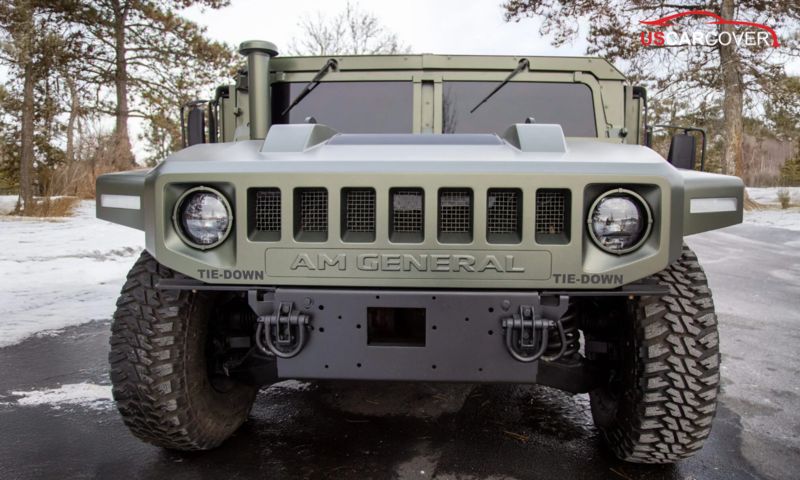
H1s and Humvee variants earn “beast” status for good reasons: a wide stance that plants the truck, driveline that tolerates load, wheelbase and clearance that crawl obstacles with confidence. Mod-friendly hard parts turn one platform into many missions-from city errand duty to weekend trailheads, from wet northern winters to hot, dry western summers. Because the truck “fights” so well when it’s rolling, it deserves the right kind of rest. In daily life, “rest” means reducing repeated hits from sun, moisture, dust, pollen, overspray from sprinklers, and yes, curious eyes when it’s left overnight. That’s where an AM General car cover works as equipment, not ornament. Picture the everyday routine: late afternoon you pull under the porch. The same slanted sun bakes one spot on the hood-again. Night falls, dew settles, sprinklers cycle on schedule, and by morning there are faint rings on glass and trim. A breeze carries pollen; a few drops of sap fall from nowhere. If your cover is too roomy, wind turns extra fabric into a buffing pad right on a body crease; over time it leaves a haze in that exact shape. With proud parts like a winch, brush guard, rack, or antenna, a generic free-size cover loves to snag-especially if it’s heavy enough that you end up dragging it.
What the right cover actually does
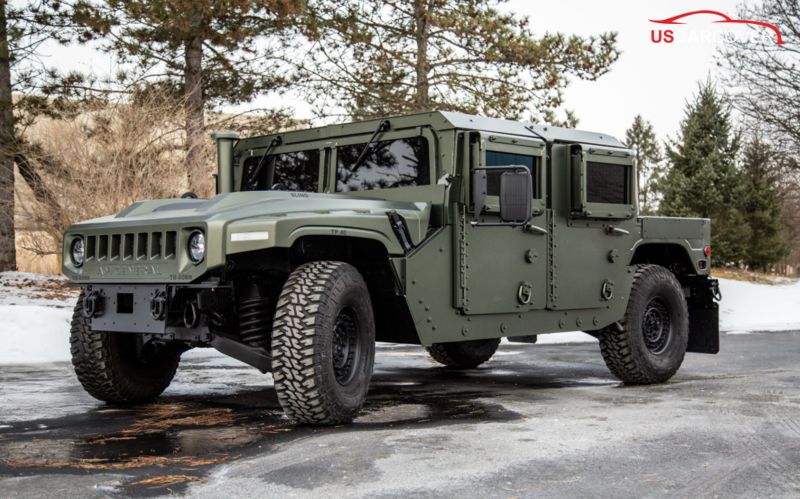
A good cover earns its keep with five practical wins:
- Cuts sun and hot spots. Less fade in paint, less chalking on fabric roofs, slower plastic aging.
- Blocks direct contamination. Pollen, sap, fine dust, and bird droppings don’t hit the surface, so you stop “instinct-wiping” and making swirl marks.
- Adds privacy. Hides the cabin and gear; opportunistic theft is less tempting.
- Keeps brightwork brighter. Coastal or salted-road parking stays cleaner if you wipe and protect lightly before a long park.
- Reduces wind rub. A tailored fit plus soft tie-downs stops that billowing that scuffs edges.
Remember: the metric isn’t “waterproof to the max,” it’s how fast moisture vents out. Airtight covers trap dew, stray droplets, and even retained warmth after a short drive. Breathing is what keeps the truck truly dry.
The 3-Right formula: Right fit, Right environment, Right routine
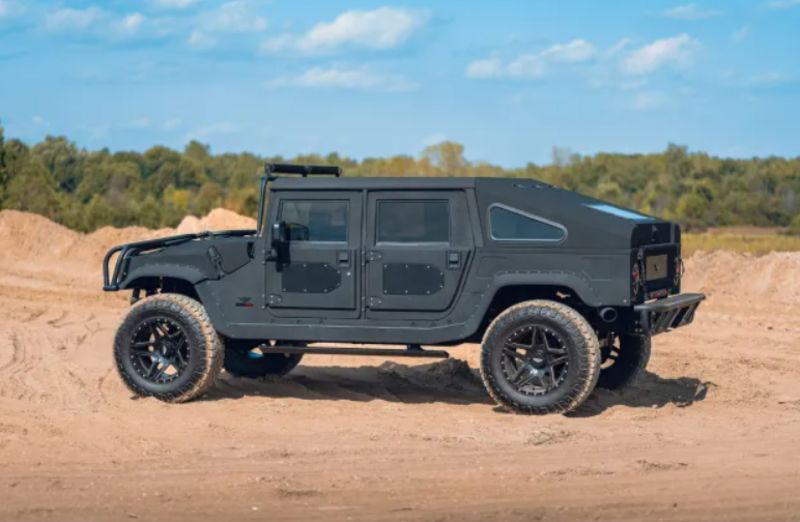
Lost in options? Stick to three rights.
Right fit.
- Soft-top: ultra-soft lining to protect the clear vinyl window; small vents to prevent mustiness.
- Slantback: the rear angle must be cut to the exact profile; extra fabric flaps and scuffs.
- Wagon or pickup: balance weight so one person can handle it without dragging.
- Proud parts: accurate mirror pockets; dedicated allowances for winch, brush guard, rack, snorkel, rear spare, antenna; reinforced pads where the cover touches.
Right environment:
- Desert and high sun: lightly reflective outer face that still breathes; lighter colors reduce heat soak.
- Persistent humidity (PNW, Great Lakes): very fast moisture venting, small vents, light-colored soft lining so dust is visible and easy to shake.
- Wind (Great Plains): light cover, close fit, multiple soft tie-downs; gentle underbody hooks if needed.
- Coastal: easy-wash, quick-dry fabrics; wipe brightwork before a long park and consider a thin protective layer.
Right routine:
- Frequent on/off: favor lighter covers with ultra-soft linings so you don’t scuff during handling.
- Multi-week storage: prioritize moisture venting, set a steady wash cadence, and bag only when the cover is completely dry.
Build the right “armor” for the job
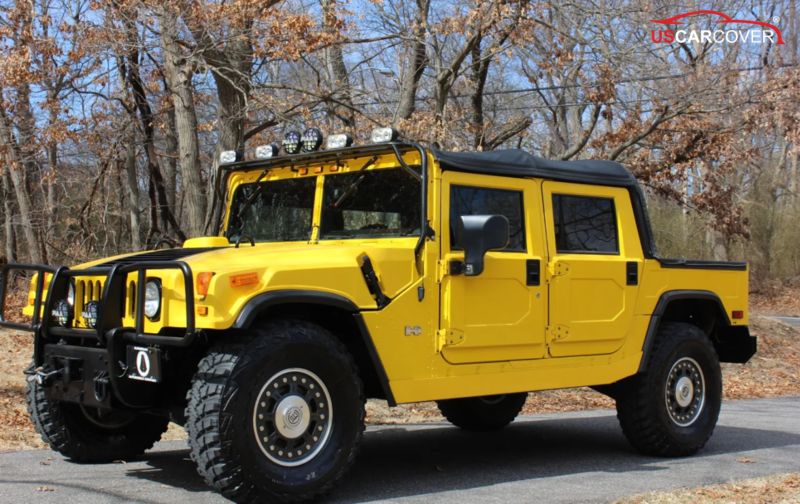
Picking a cover is like picking gear. You don’t carry the whole arsenal; you configure for the mission.
Urban Weekday - office lot of street parking: City dust, light wind, and lots of eyes. Choose breathable, quick-dry fabric, a snug pattern, precise mirror pockets, and two soft tie-downs to calm breeze. Neutral exterior colors reduce attention while keeping the mil-spec vibe.
Backyard Under Trees - heavy shade at home: Peak pollen and surprise sap. You want an outer face that sheds dust so you can shake it clean, plus an ultra-soft lining because you’ll be covering and uncovering constantly. Reinforce at door edges and grab areas. Tighten the wash cadence and always dry completely before bagging.
Trailhead Staging - Desert or High Country: Strong sun, big temperature swings, powder-fine dust. Go ultra-light and ultra-breathable for compact packing and low friction. Smooth seams, multi-point tie-downs to stop billowing, quick guard pads around the winch and brush bar. Pick a light exterior color for cooler temps.
Coastal Condo - salty, humid nights: Salt haze and pop-up showers. Choose easy-wash, quick-dry fabric with small vents. Add thin guard pads over brightwork before long parks. Store in a breathable bag and toss a small desiccant pack inside so the cover never smells stale.
Notes when using car cover
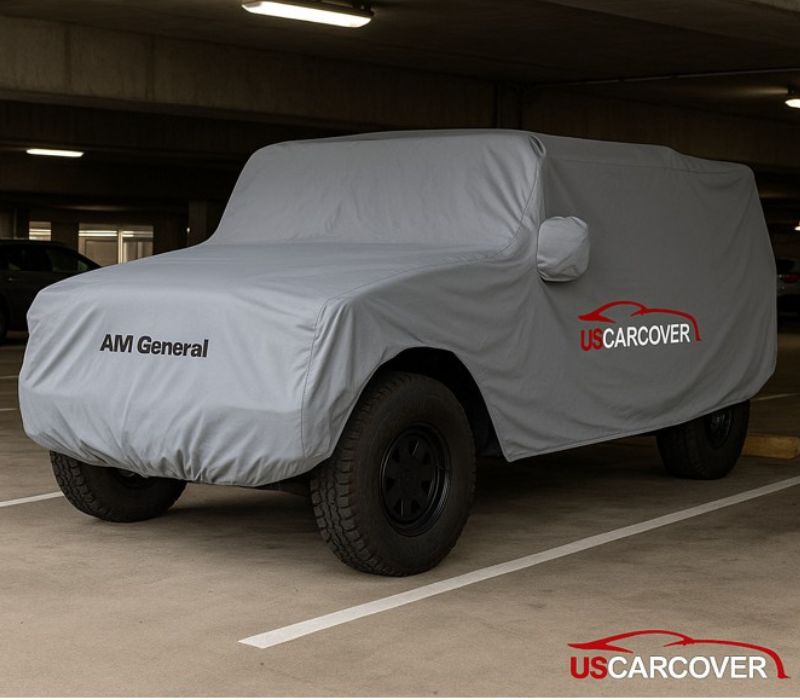
A good cover used wrong still causes trouble. Make the process muscle memory.
Before covering: Rinse off heavy mud if needed. Let the body dry and cool completely. Quick shake of dust off the nose, glass, and bright trim. Clean hands, clean towel.
While covering: Set the leading edge at the nose, pull along the roof spine so the cover self-centers, seat the mirror pockets, hug the rear, relax the elastic hem. If it’s breezy, clip soft tie-downs at nose and tail-snug, not guitar-string tight.
When removing: Roll so the clean inner face rolls onto itself. Hang the cover for a few minutes to air out, then bag it in a breathable sack only when it’s fully dry.
Wash cadence: Outdoors: wash every 3–4 weeks. Indoors: every 6–8 weeks. Use mild detergent without heavy fragrance, never mix with lint-prone laundry, and air-dry in shade.
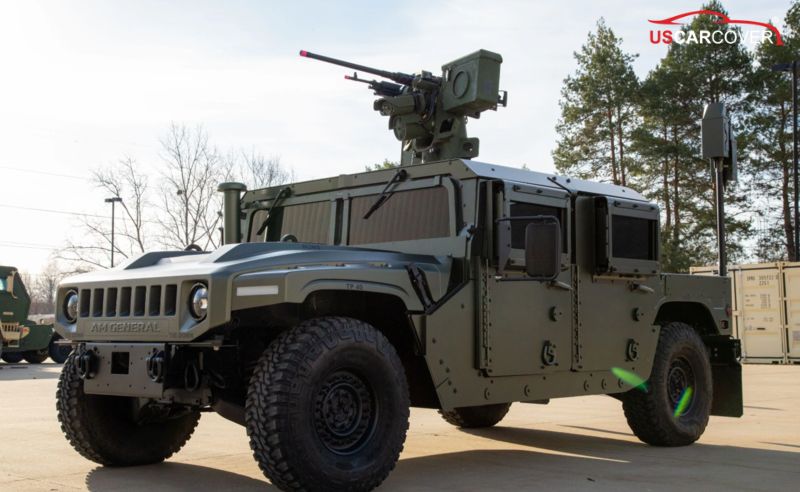
An AM General should be protected smartly when it rests. A good AM General car cover does two jobs: lets the truck breathe and touches gently. Choose based on where it actually lives: soft, light inner lining, moisture-venting outer skin, and a tailored pattern for soft-top, slantback, wagon, or pickup with proud hardware. Add a one-minute habit before and after covering, plus a few tweaks to the parking spot, and what you keep isn’t just paint and brightwork-it’s peace of mind. Each morning you lift the cover, the H1 still has its presence and is ready for the next run.
Next step, no pressure: send a couple photos of your parking spot and your build. We’ll recommend an AM General car cover matched to your climate, fit, and routine, plus a one-minute how-to and a printable checklist for the garage.
